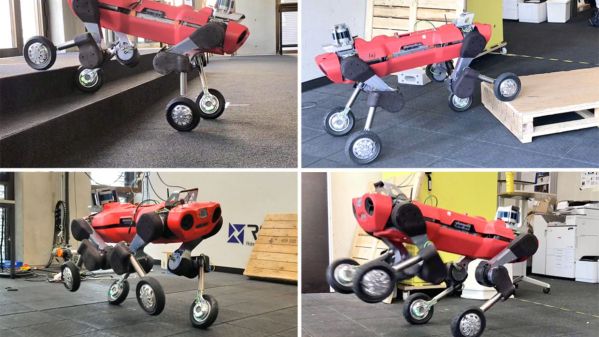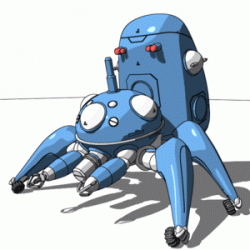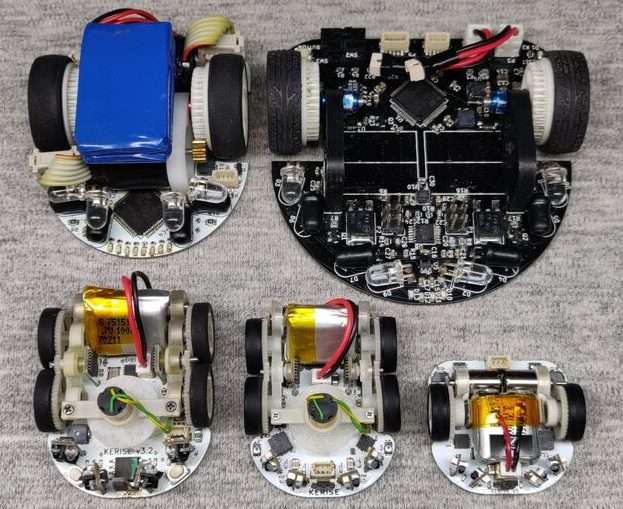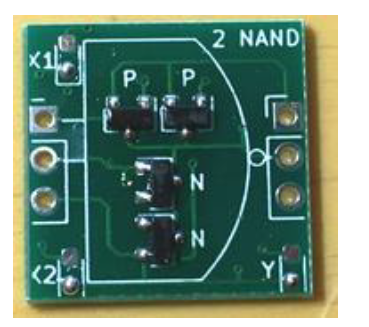In the age of cheap sensors and microcontrollers, it’s easy to forget that there might be very simple mechanical solutions to a problem. [gzumwalt]’s 3D printed mechanical edge avoiding robot is a beautifully elegant example of this.
The only electric components on this robot is a small geared DC motor and a LiPo battery. The motor drives a shaft fixed to a wheel on one side, while the opposite wheel is free-spinning. A third wheel is mounted perpendicular to the other two in the center of the robot, and is driven from the shaft by a bevel gear. The third wheel is lifted off the surface by a pair of conical wheels on a pivoting axle. When one of these conical wheels go over the edge of whatever surface it’s driving on, it lowers front and brings the third wheel into contact with the surface, spinning the robot around until both front wheels are back on the surface.
Mechanical alternatives for electronic systems are easily overlooked, but are often more reliable and rugged in hostile environments. NASA is looking at sending a rover to Venus, but with surface temperatures in excess of 450 °C and atmospheric pressure 92 times that of Earth, conventional electronics won’t survive. Earlier in the year NASA ran a design competition for a completely mechanical obstacle detection system for use on Venus.
[gzumwalt] is a very prolific designer on ingenious 3D printed mechanical devices. This mechanism could also be integrated in his walking fridge rover to explore the front of your fridge without falling off. Continue reading “A Mechanical Edge-Avoiding Robot”





















